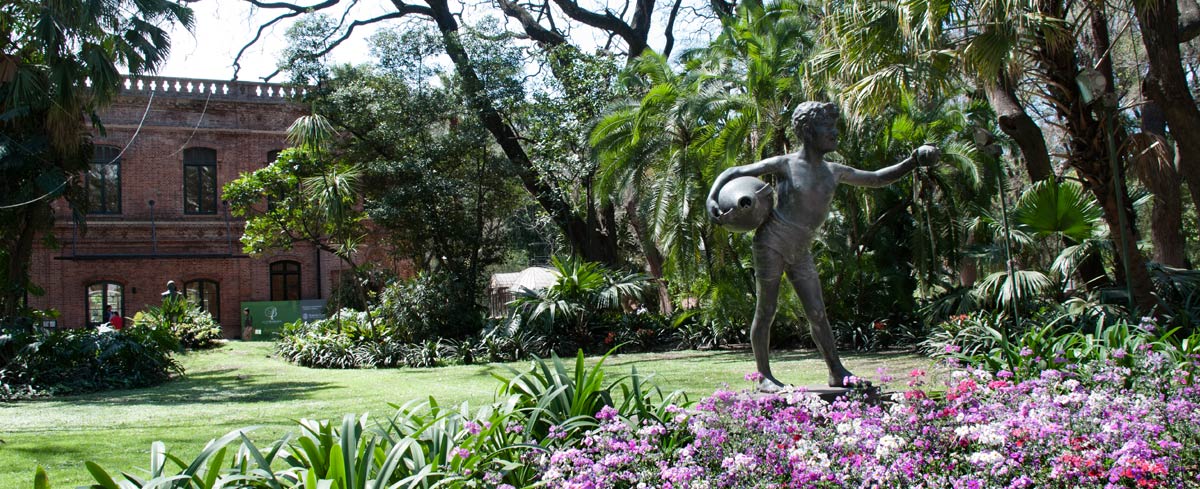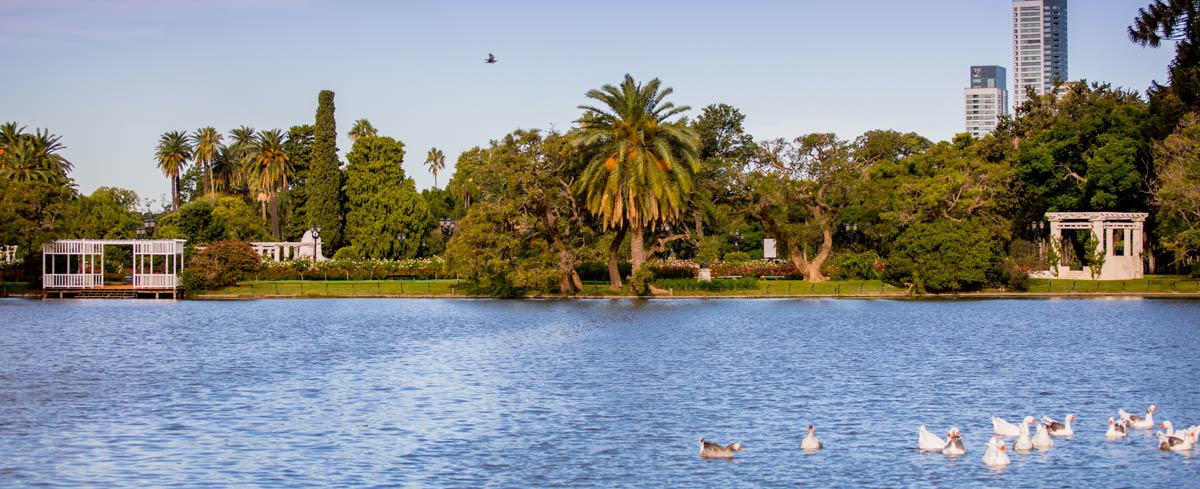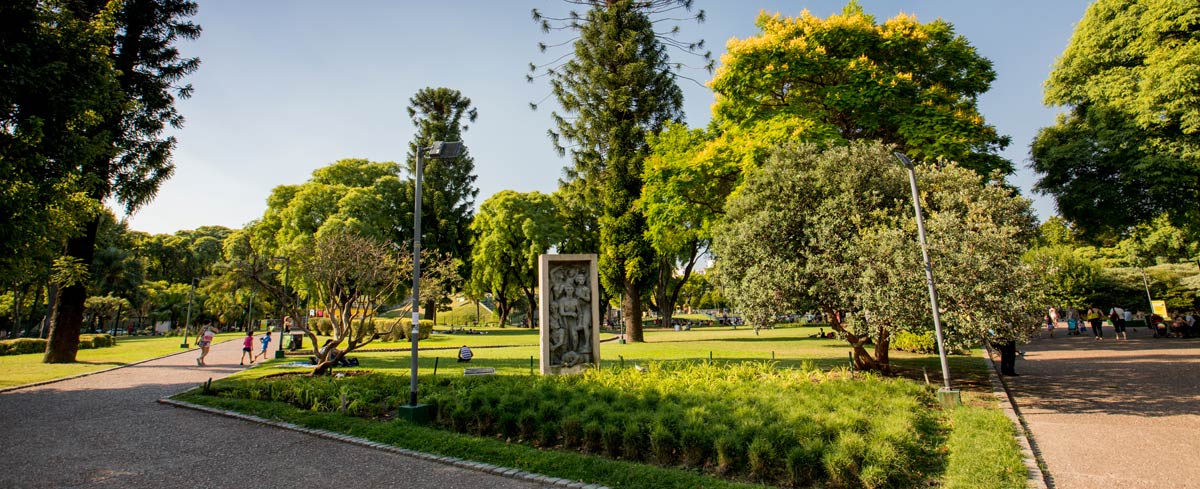In every corner of the city
“To achieve happiness, it’s better to live in a cabin in a forest than in a palace without a garden,” Charles, or “Carlos” Thays once said, and this is a belief that influenced the French landscape architect’s creation of dozens of parks and squares all over Buenos Aires, which have been captivating locals and visitors for more than a century.
The man behind the name
When Jules Charles Thays moved to Argentina in 1880 he planned to make it a temporary visit, but (as often happens) he fell in love with the country and decided to spent the rest of his life here. After winning a public competition in 1891, he became the director of the city’s parks authority, a position he occupied until 1913. Three subsequent generations of firstborn sons, all named Carlos, have continued his legacy, following in the same profession - his son Carlos León Thays was director of city parks authority from 1921 until 1946.
The first Thays’ influence on the landscape of Buenos Aires can’t be overstated – close to 90 per cent of the parks, squares and public spaces in the city today were drawn by his hand, and he modernised many of the existing spaces. He also contributed to the study of Argentina’s native flora, founded the country’s most important botanical school and even worked on the germination and planting of yerba mate, the ingredient for the drink that is such a popular passion in Argentina. His son, meanwhile, was responsible for the trees lining the Avenida 9 de Julio, recognised as one of the widest streets in the world.
Here are four ways to discover the living legacy of this great landscaper in Buenos Aires
1. Get to know your flora at the Botanical Garden

With a huge variety of trees, both native and exotic, the Botanical Garden – open to the public since 1898 – is an oasis amid the bustling city. Charles Thays not only designed the space, but he also lived here with his family in the English-style building located in the middle of the garden. The park also boasts 33 pieces of art and 5 greenhouses, one of which, a magnificent Art Nouveau structure of iron and glass, was brought back to Buenos Aires from Paris after winning a prize in the Universal Expo of 1889.
2. Lounge by the lakes at Parque Tres de Febrero

Parque Tres de Febrero is one of the most popular parks in the city, always busy with locals and visitors. It existed before Thays took his hand to it, but he was responsible for the park’s modernisation and improvement, introducing native flora and adding bridges and pergolas to the lakes. Years later, Thay’s disciple Benito Carrasco created the rose garden within the park.
3. Explore Parque Centenario on an electric scooter

Parque Centenario, located in the Caballito neighbourhood, was built to commemorate the 100th anniversary of Argentina’s May Revolution, although it was inaugurated ten years late in 1920. The park’s circular shape was inspired by the country’s national shield. The city tourist board runs guided tours on electric scooters!
4. Go for a stroll in Parque Lezama

Considered one of the most attractive parks in the city, Parque Lezama in San Telmo opened to the public in 1894. Charles Thays directed the remodelling of the park two years after it opened, adding paths, trees and a rose garden. Today the mansion located inside the park is the site of the National Historic Museum.
Learn more about outdoor attractions in Buenos Aires.
